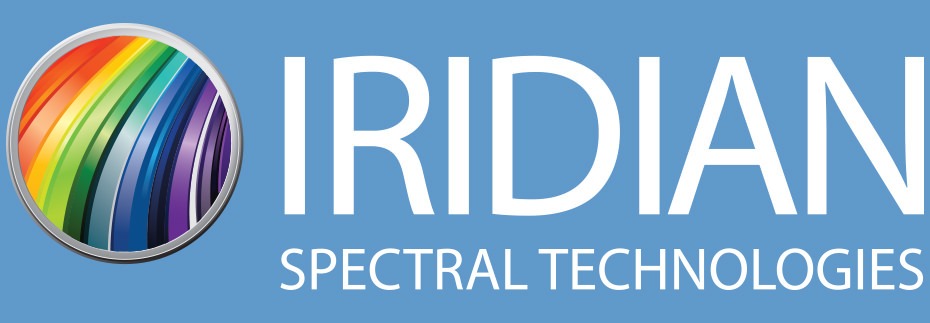Introduction As data storage and computing resources move into the cloud the demand on data centers for storage and data transfer capacity has...
Application Notes
Edge Filters for Raman Spectroscopy
Raman spectroscopy probes the molecular vibrational and rotational modes of a material in order to detect and identify the material. Typically, laser light is incident upon the material and the scattered light is measured.
The excitation source (laser line) intensity is often to orders of magnitude greater than the Raman scattered signal. Therefore, edge pass (or notch) filters are required to block the Rayleigh scattered laser light while transmitting the red-wavelength shifted (Stokes) and/or the blue-wavelength shifted (Anti-Stokes) Raman scattered signal.
Handheld Raman vs “Fingerprint” Applications and the Different Optical Filters that Enable Them
Raman spectroscopy is a powerful and increasingly ubiquitous analytical tool capable of identifying molecular constituents of samples under test and, when combined with microscopy, exploring specific cellular structures and functions. Non-invasive, non-contact, requiring no sample preparation or chemical tagging – it is no wonder that Raman has established a presence as an invaluable analytical technique both in labs and in the field.
Optical Filters for Sensors and Detectors
Clear the Air: New Optical Filters for Sensors and Detectors Environmental air quality; proximity control; crowd counting; climate change; the...
Eyes in the Skies- Optical Filters for Earth Observation
“Measurement is the first step that leads to control and eventually to improvement. If you can’t measure something, you can’t understand it. If you can’t understand it, you can’t control it. If you can’t control it, you can’t improve it.”
The Right Filter for MWIR Equipment
Utilization of mid-wavelength, also called midwave, infrared (MWIR) light is critical in many areas, including thermal monitoring of equipment and homes; gas absorption; military enhanced-vision systems for imaging vehicles, people, and terrain; and environmental monitoring of gases. Even diagnosis of pregnancy in dairy cows, among other applications, can productively use infrared in the MWIR range.
LiDAR and Optical Filters for Autonomous Vehicles
“What’s a ‘steering wheel’?” At the present time this would be a very strange question to hear asked from anyone who has driven, ridden in, or even seen a car but in a couple of decades this may not seem so unusual. The evolution of increasingly affordable and capable sensing and imaging systems combined with the desire to create safer, more efficient transportation systems is driving the development of autonomous vehicles (pun intended). LiDAR is a key technology that will eventually help carry this growth through to “Level 5” autonomy : no steering wheels, no brake pedals, no human intervention in driving.
Remote Sensing With LiDAR Requires Optical Filter Trade-Offs
LiDAR, short for light detection and ranging, uses pulsed lasers to accurately calculate distances as well as correctly detect the size and shape of objects. The high resolution of the information — LiDAR can resolve to a few centimeters from more than 100 meters away — and the ability to create accurate model three-dimensional images have made the technology critical in many applications. Some uses include autonomous vehicles and automobile crash avoidance, surveying, environment, construction, agriculture, oil and gas exploration, and pollution modeling.
Messages From Above – Optical Satcom Lights the Way
We live in the “Communications Age” – rapid access to information and connectivity to each other, anytime, nearly everywhere. But despite the massive strides that have been made in the past half century – from hardline telephony to the current ubiquitous wireless “smart” device connectivity – there is still further evolution to come that will necessitate extending the communications reach even further. While we have laid down a large physical infrastructure of wireline fiber-optic networks and wireless cellular base stations, the next advances in communications, 5G and machine-to-machine communications, will require “help from above” to blanket literally every corner of our planet with high speed, ultra-low latency, secure networks – telecom meet satcom.
Solving PCR Filter Challenges For High-Performance qPCR Instruments
qPCR instrument users need high sensitivity and pristine signal clarity to achieve numerous delicate tasks. The right combination of optical filters significantly improves this functionality.
Send Us an Enquiry
Contact Us
Tel: +1 (613) 741-4513
Fax: +1 (613) 741-9986
E-mail: istsales1@idexcorp.com
